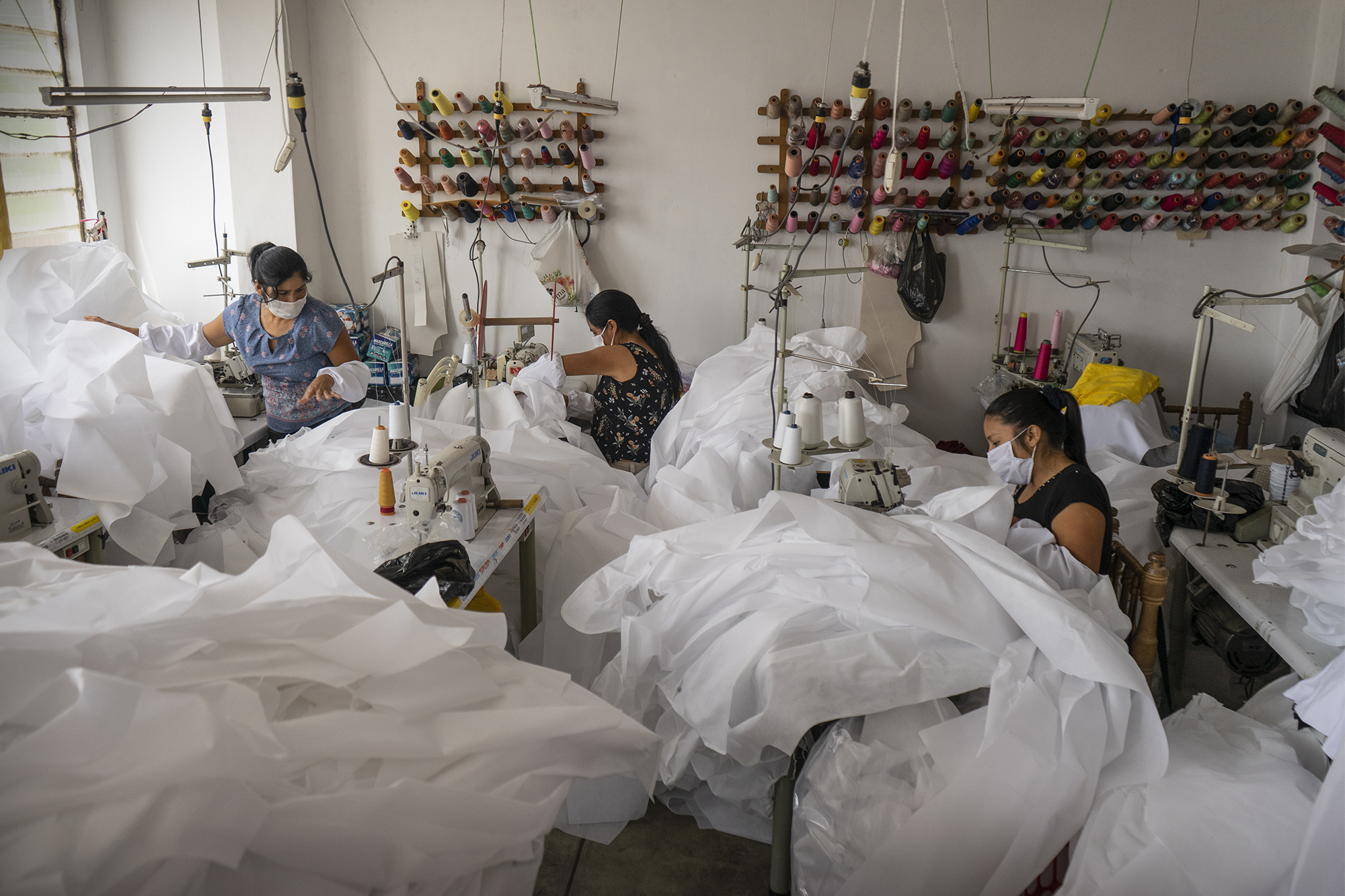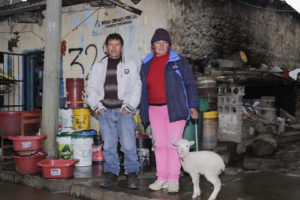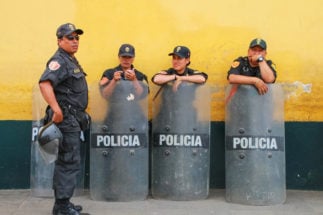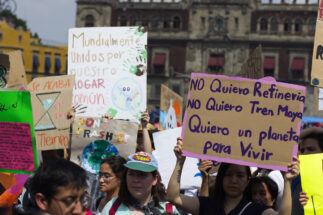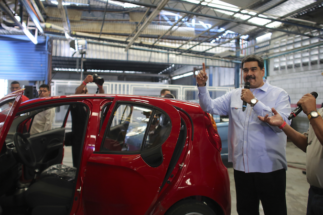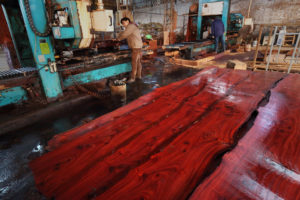The small textile company that employed Juan Mendoza for 17 years in San Juan de Lurigancho, Peru’s largest district, laid him off without notice or compensation in mid-March. “They let me go saying that they would call me back, but they didn’t,” he says. His dismissal came at the start of the government’s March 16 quarantine to stem the spread of Covid-19.
Mendoza (not his real name) fears that the company, which is currently manufacturing masks, will know he has spoken out about his dismissal and will not rehire him. Now, the three meals his family used to have every day have been cut to one and a half. At 62, Juan knows he is a vulnerable member of the population and that, despite having devoted half his life to working in the textile industry, there may be no going back.
Juan’s story is just one of the more than 2.6 million workers who lost their jobs between April and June due to the Covid-19 epidemic in Peruvian capital Lima alone, according to latest figures published by the National Institute of Statistics and Information (INEI).
His case also illustrates how many smaller textile companies and workers in the sector, in many cases informally, are making protective medical clothing to cope with the pandemic but do not get the vital support from the government necessary to find niche opportunities in the face of imports from China. Between January and March of this year alone, more than 129 million masks were imported, including some made of fabric that could have otherwise been manufactured and purchased in Peru.
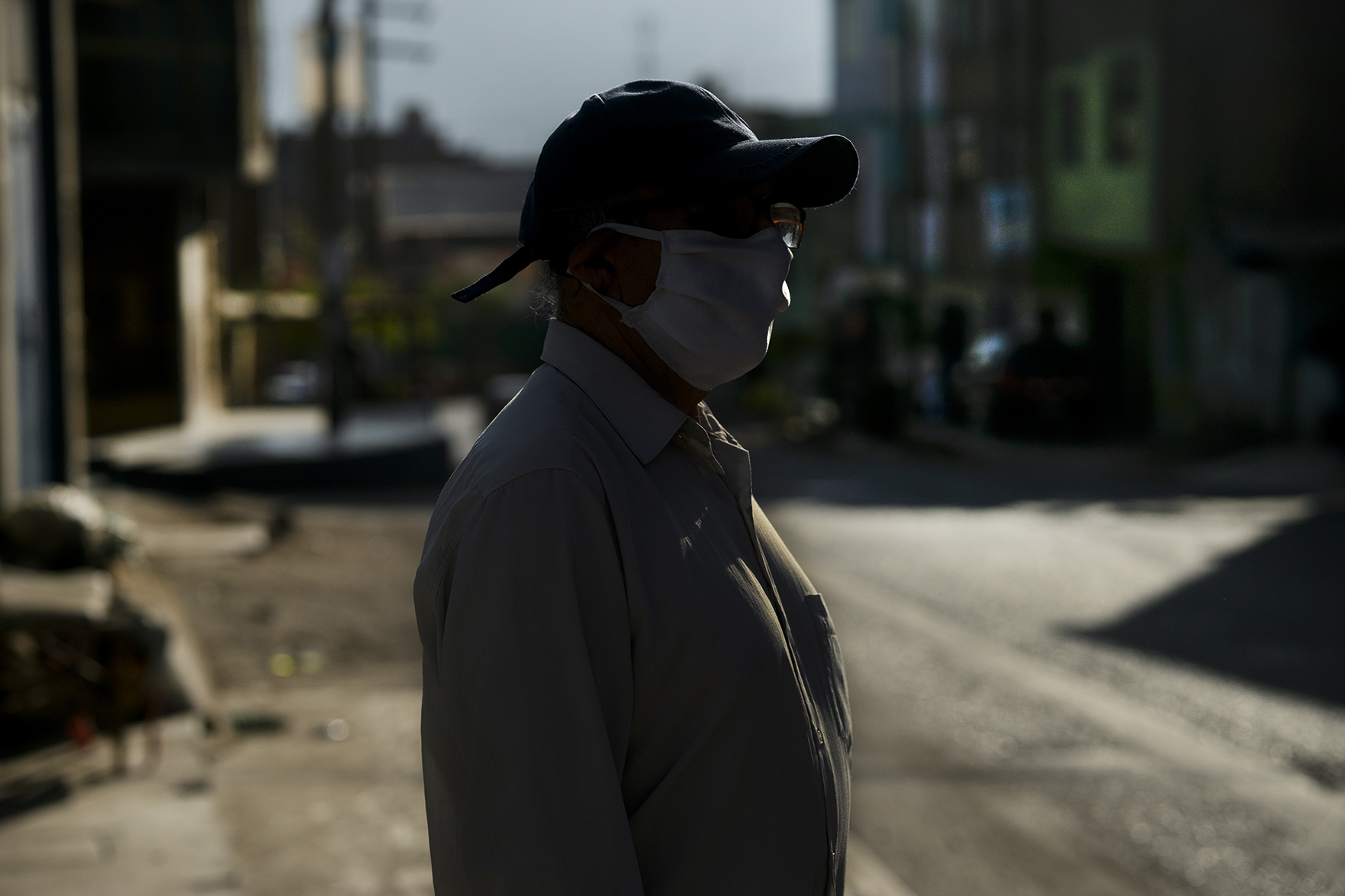
Textiles in the midst of a pandemic
Despite Chinese competition, Peruvian companies have been restarting their operations gradually, but with certain limitations.
Gamarra, the largest textile emporium and conglomerate in Peru, employs more than one million people on a daily basis. This mini-commercial city, located within Lima, is home to hundreds of textile workers, who produce and sell in workshops spread over more than 40 blocks.
$8.9m
the Gamarra textile emporium's daily loss in revenue since the start of quarantine (US$)
Since the country was paralysed due to the quarantine, 40,000 establishments had to close with losses estimated at 30 million soles (US$8.9 million) per day, according to the Gamarra Business Coordinating Office.
The lack of financing for operations has led merchants to resort to creditors as their businesses face bankruptcy.
César Cansaya was one of the businessmen forced to halt production at his micro-enterprise in Gamarra. The children’s clothing he produced in previous months, all packaged, are piled up in his workshop. “We cannot compete with Chinese industry and now with the crisis, it is worse. I had less than 10 workers and more than half had to be laid off. I couldn’t keep up the payments,” he says.
César was forced to give up making children’s clothing and produce masks and protective jumpsuits (called romper suits [mamelucos] in Peru) to support his small workshop. But when he wanted to resume production, once the textile sector was authorised to restart, one of the requirements to access a loan was to have invoices totalling more than US$5,000 a month. Although the government reduced it from US$8,000, for César and other micro-entrepreneurs, it was still an impossible figure to reach. They have since joined forces to produce masks and protective clothing.

The Peruvian government’s aid programmes, such as Reactivate Peru and the Business Support Fund, sought to help re-establish the chain of payments, but ended up marginalising thousands of micro- and small businesses who did not qualify or could not afford the high interest rates, or who were sometimes left out when there was not enough for all those who needed the help.
In May, Rocío Barrios, until recently Production Minister, acknowledged in a television interview that the loans were not being distributed as anticipated. “We are considering some adjustments to the Reactivate Peru programme to ensure that resources reach the MSEs (micro- and small enterprises),” she said.
My house is mortgaged, my husband is unemployed and my three children depend on us
“Competing with big businesses is exceedingly difficult for us. Raw materials cost us more. Micro-entrepreneurs are being charged five times more for a roll of Notex,” says Eduardo Aguilar, a micro-entrepreneur and member of the Huaycán Textile Consortium, referring to a non-woven textile widely used in the manufacture of masks.
The fragility of an experienced sector
The textile sector’s problems did not start with Covid-19. National production fell steadily from 2012 to 2016 at an average rate of -7.16%, according to information from the Ministry of Production. The sector attributes this to imports, mainly from China because of the Free Trade Agreement (FTA) that came into force in 2010, and which is currently being updated.
One of the Peruvian textile sector’s main complaints is the entry into the country of Chinese imports that undercut textiles produced domestically.
Already in 2013, Peru’s Commission on Dumping and Subsidies of the National Institute for the Defence of Competition and Protection of Intellectual Property (INDECOPI) investigated Asian imports from 2009 to 2011 – a period that also coincided with the increase in shipments – and decided to impose penalties on imports.
However, tariff barriers were suspended a year and-a-half later due to errors in the investigation. This was a big setback, according to producers and economists consulted for this article, as Chinese imports were allowed to continue to pose a threat.
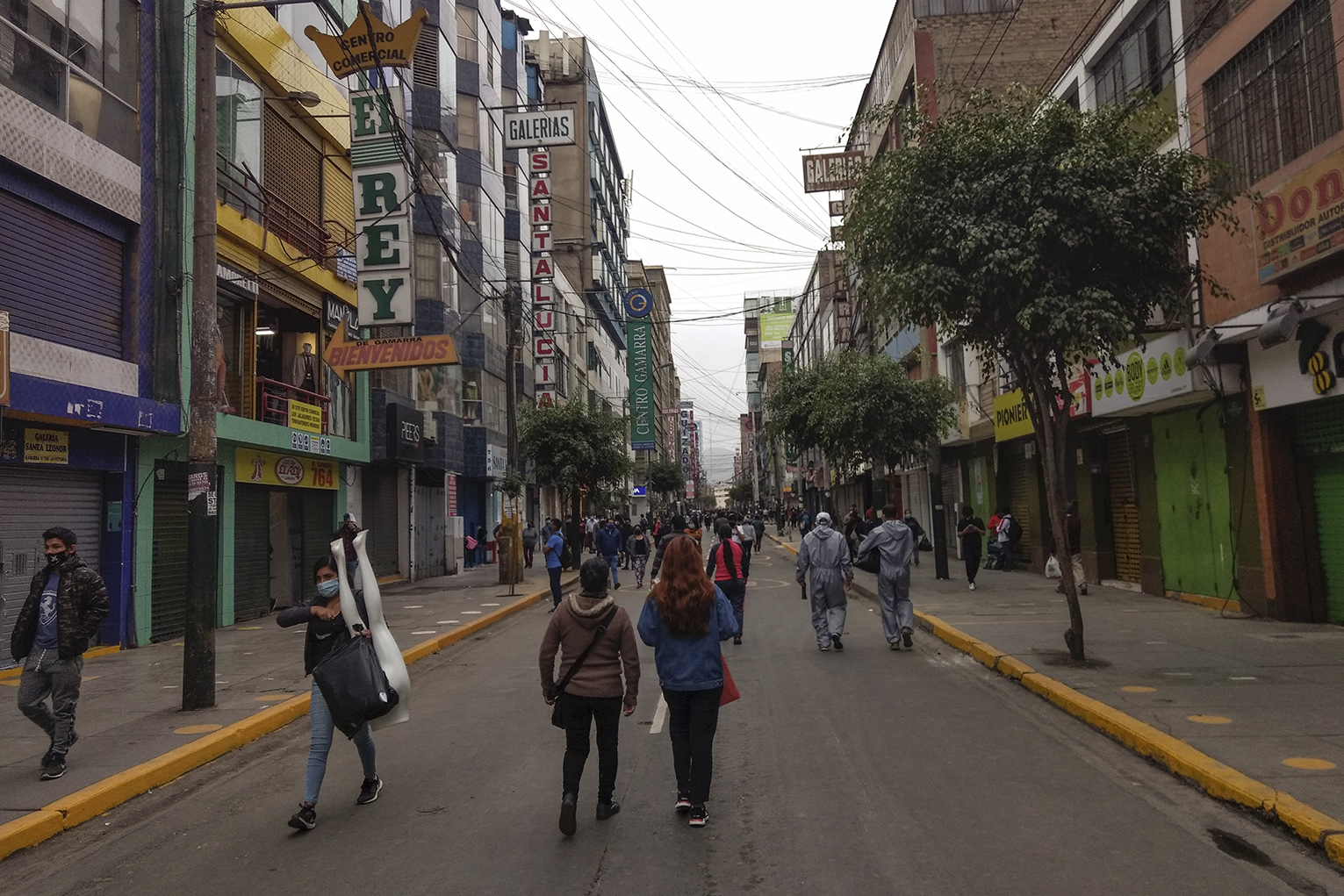
“Chinese products enter the Peruvian market at the cost of the raw materials. Tariff barriers should have been established, similar to what Colombia is doing, to encourage the purchase of local brands,” Luis Aspillaga, President of the Lima Chamber of Commerce’s Clothing Guild, told Diálogo Chino.
He added that because of the health crisis caused by Covid-19, “orders worth millions have been cancelled and will have to be reallocated to the local market”.
Between January and March of this year more than US$268.9 million worth of clothing entered the country from China, 53% more than the same period in 2019, according to figures from Peru’s Central Reserve Bank.
Women, the most affected
After a steep climb up the hills of Huaycán, an area located on the outskirts of Lima, we meet Cecilia Espíritu, who was forced to use her home as a storehouse for all the garments she had made a company in Gamarra. The quarantine imposed by the government to stem the spread of Covid-19 has left her in limbo.
“I was not paid for the work I did and I had to keep the merchandise. Now I can’t even produce protective clothing because of my financial situation. My house is mortgaged, my husband is unemployed and my three children depend on us,” she says.
Despite the fact that she has worked for 22 years in the textile sector, Cecilia believes that competition from China has impacted the Peruvian market. “People prefer cheaper garments to quality ones and the cheapest garments come from China, so there is less work for us,” she says.
A soon-to-be-published University of Colorado study examines the impacts of China’s entry into the World Trade Organization in 2001 on the Peruvian labour market. Between 1998 and 2008, women were more likely to be displaced in commercial sectors such as textiles, even when they had similar skills to the men and performed similar tasks, economists Pamela Medina, Andrea Velásquez and Hani Mansour concluded.

“In the last two decades there has not been anything like a trade shock of that magnitude affecting the Peruvian economy. While in the short term, employment of women and men is similarly affected by China’s trade shock, the effects only persist in the long term for women with less education”, they told Diálogo Chino.
The gender gap among those losing their jobs is also evident during this pandemic. INEI data also indicates that female employment has decreased 56.9% in Lima. This means that in total there are 159,000 fewer jobs for women as a result of Covid-19 than for men.
Meanwhile, in Cecilia and César’s workshops, the garments they made before the state of emergency are still piled up waiting for some outlet to allow them to return to market. The situation is unlikely to change without help for these micro- and small enterprises.
